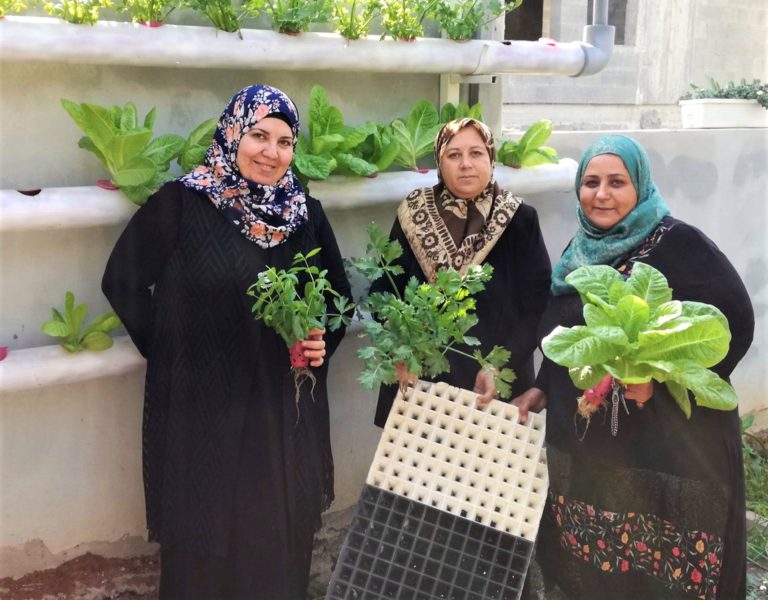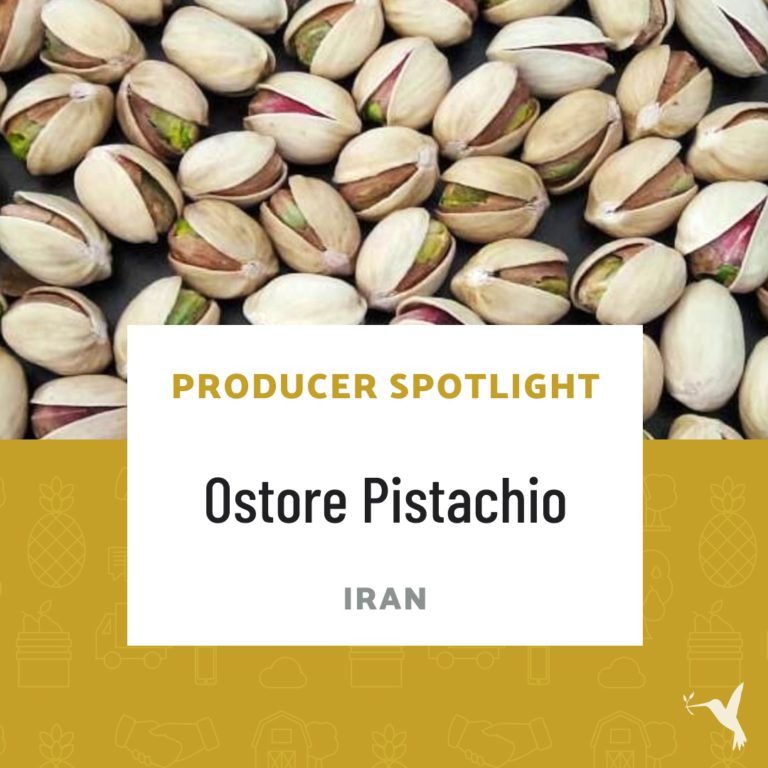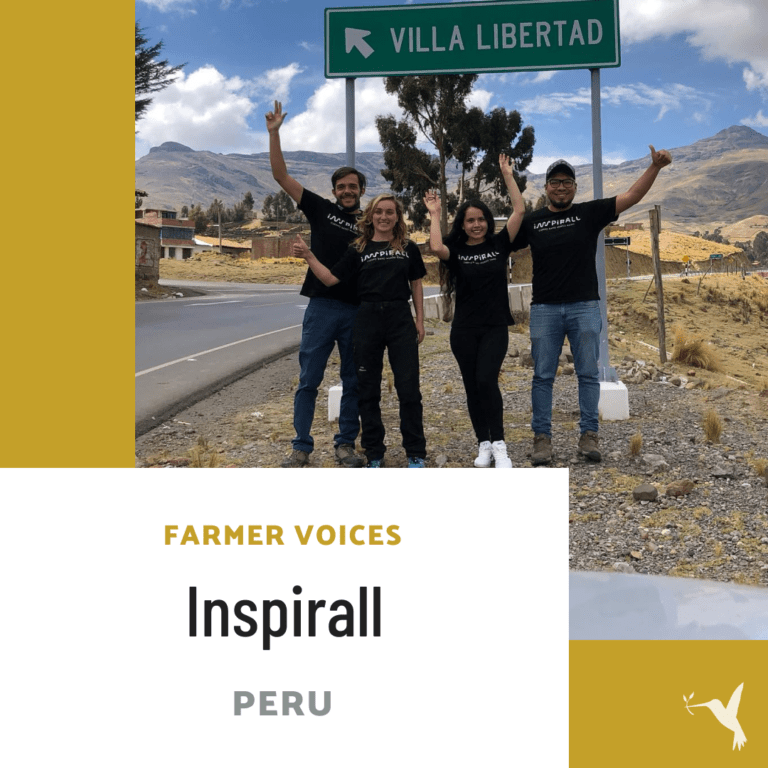Tracing Quinoa from the Andes to Health Food Stores
The Globalization of Quinoa: From Cultural Nutrition to Fancy Superfood
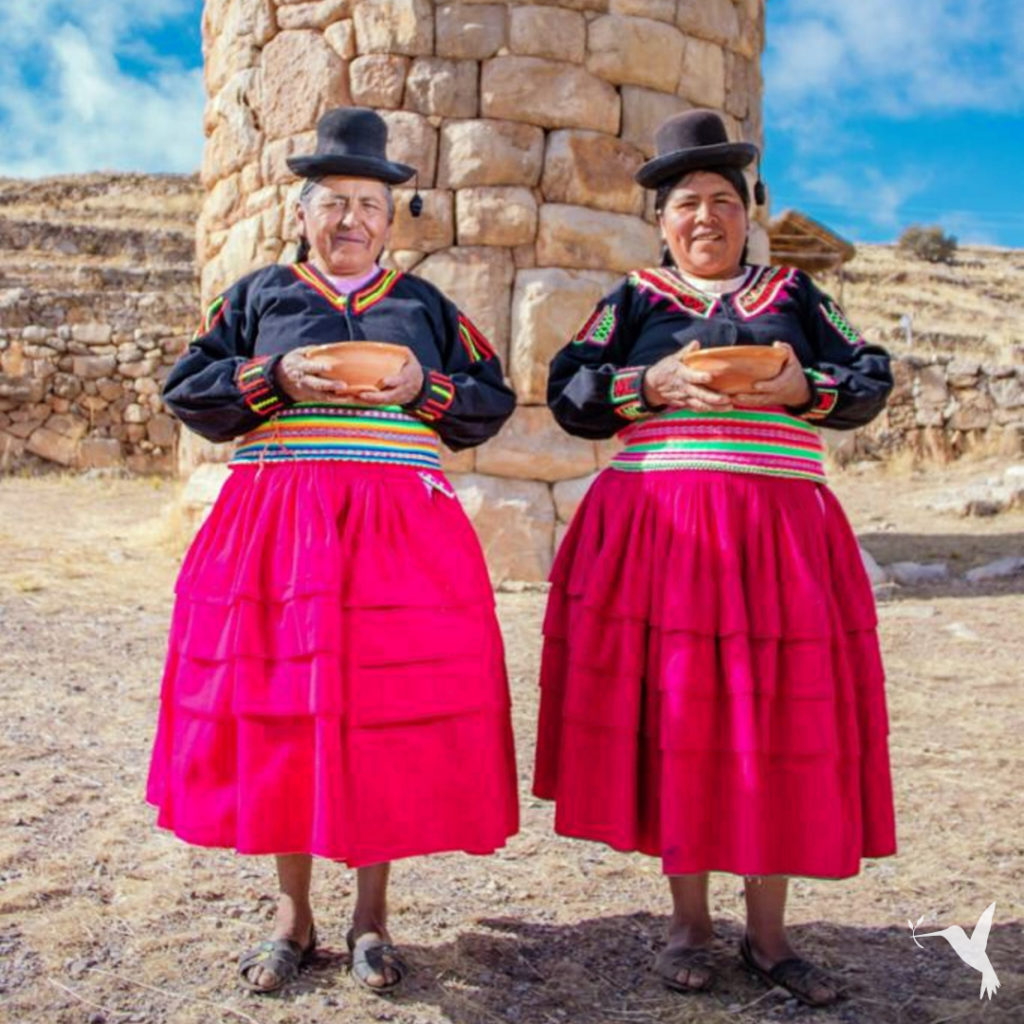
Quinoa, well-known and loved for its high nutritional value and nutty flavor, has been a rising star in the health food world for years. It is gluten free, high in protein and fiber, and loaded with vitamins and minerals. Quinoa is one of the few foods that contains all nine essential amino acids. Its high nutrition and versatility have sent it from the Andes to plates and restaurants all over the world. But what are the greater effects of the globalization of quinoa?
Quinoa Is A Central Part of Andean Cultures
Quinoa is a dietary staple for people who live in Andean regions of South America, all the way from Colombia to Argentina. Of these, Peru and Bolivia cultivate the most quinoa. It is a key part of the history and culture of the Incan people.
When the Spanish colonized the region, they replaced quinoa with their own staple crops. The quinoa that remained in the diet of indigenous people was looked down upon as poor people’s food. That is, until it made a comeback in the 1970s and caught the attention of superfoodies around the world.
Campesinos in the Andes have been growing this little nutty seed for their own consumption and balanced nutrition for centuries. And it is now a global commodity, commonly featured in restaurant menus and supermarkets in urban centers around the world.
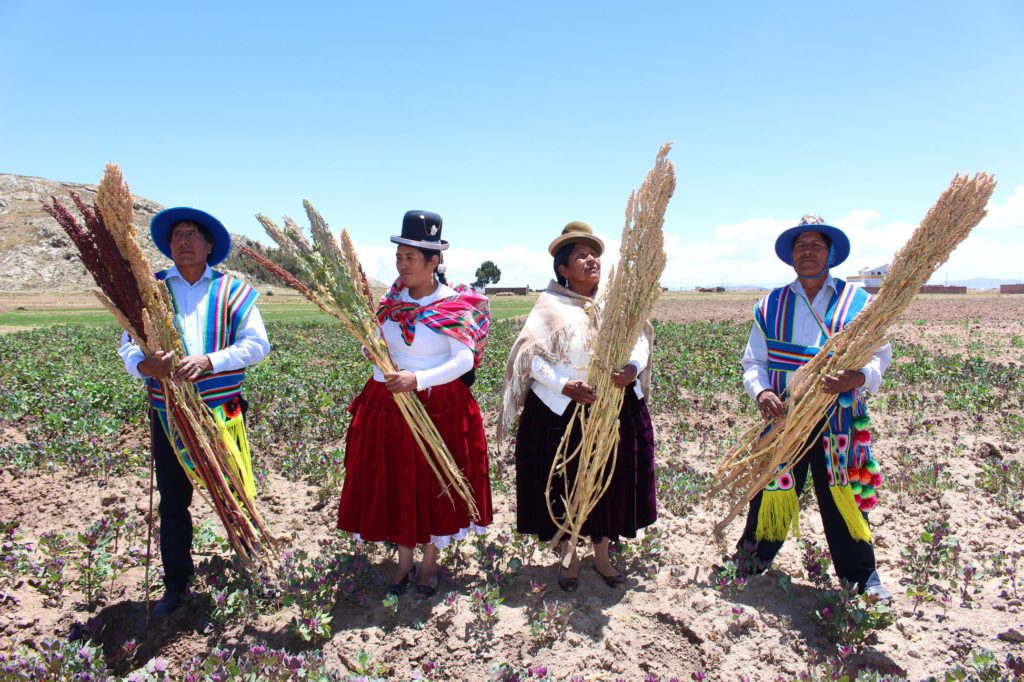
As quinoa from the Andean region grew popular global markets, cultivation, sale and consumption dynamics have inevitably changed. While many continue to add quinoa to their diets, others feel concerned about the potential outcomes, fearing that local Andean people in Bolivia and Peru can no longer afford to eat their own staple because of surging prices.
The Rise of a Culinary Superstar
Perhaps quinoa is an example of clever branding. However, the recent fascination with quinoa extends beyond marketing trends targeting wealthier food enthusiasts. Scientists and development experts have also taken an interest in quinoa’s potential as a crop to feed the world, and the UN jumped on board in 2013, calling it the International Year of Quinoa. The idea was to promote the potential of quinoa as a solution to food and nutrition insecurity. It would also help with poverty alleviation for small farmers.
The promise of quinoa’s nutritional, environmental, and economic potential has led to global popularity and ongoing market linkage. Suddenly, wealthy health food consumers in more developed regions created a high demand for what was once “poor people’s food.” This international success led to crucial questions about the role of small farmers in the global food system and the impact of consumer demand.
Do the benefits of quinoa reaching an international market reach back to the Andean communities that have their culture tied to the cultivation and consumption of the crop?
In 2013, an article in The Guardian claimed that an increased international demand for quinoa made it less accessible to the Andean farmers and communities who grow it. This argument reached a wide audience. Many consumers felt troubled by their own purchasing power. Often, these guilt-ridden consumers wish to see ethical production of their favorite superfoods. These concerns show increased awareness of the impact of our food choices. They show an increased value placed on transparency. This awareness is a positive outcome. However, the situation seems far more complex.
For example, in Bolivia the national consumption of quinoa fell by 4% from 2006 to 2011. This is despite a rise in production.
Bolivian farmers face pressures from different sides. They are feeling the pull to increase their production to accommodate a growing international market and make a profit. But there is also pressure to safeguard traditional knowledge and preserving biodiversity. And of course, they must meet household needs. Many quinoa farmers hope to benefit from the growing quinoa trade. However, they are often made vulnerable by it at the same time.
The globalization of quinoa led to a dramatic rise in price, particularly between 2006 and 2008. The high price of quinoa encouraged farmers to sell their better-quality quinoa abroad and keep lesser-quality product for the domestic market. In addition, it contributed to dietary shifts, such as increased consumption of rice and pasta, which do not offer such high nutritional content.
The boom of quinoa is good news for farmers. Of course it comes at a cost thought. They can sell their products at a higher price. But it means changes to accessibility for local people who have had quinoa as a part of their food culture for centuries, if not millennia.
Quinoa production has traditionally been small-scale manual cropping. Now, large-scale mechanized cropping methods are common. This transition results in reduced biodiversity and increased use of tillage. It has changed the landscape and decreased soil quality across quinoa-growing regions.
Dietary Shifts in a Globalized World
The impact of quinoa’s rise to stardom is multi-faceted. Shifts in dietary patterns are likely due to a number of factors. International demand is just one. Factors like the breakup of the hacienda system, rural-to-urban migration, wage-labor, and food aid programs have all affected the consumption of traditional foods in the Andes. This is true around the world. There is no place that is not touched by globalization. There is no community that does not evolve and change and grow.
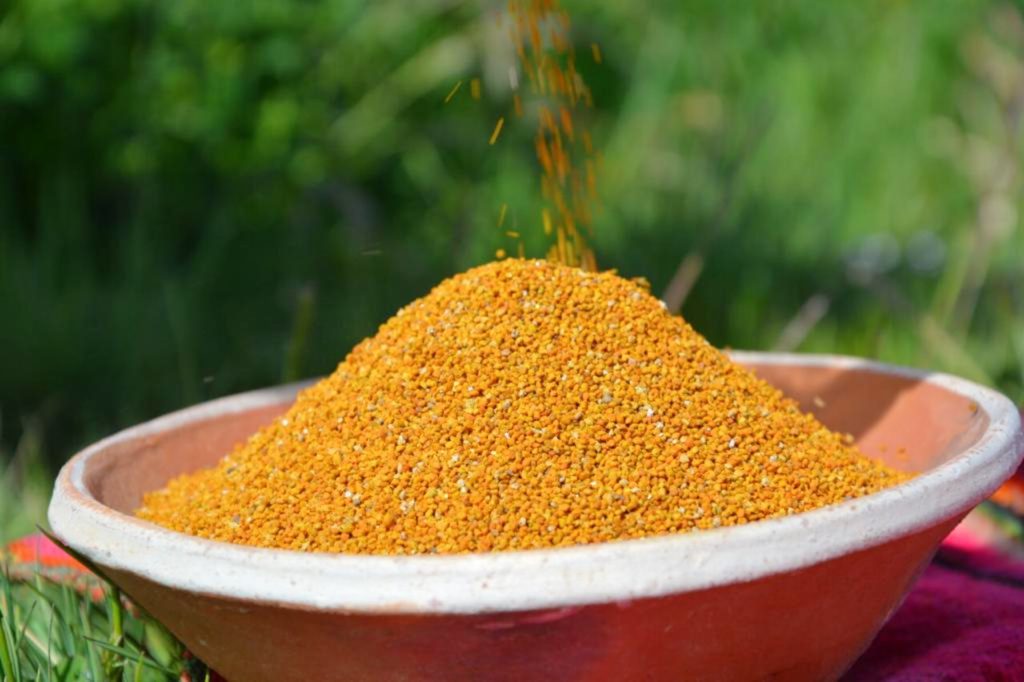
According to the UN and other experts, while its price has risen, quinoa sold in traditional markets in rural areas is still accessible. In cities like Lima consumers do face higher prices. And it is true that they don’t see any of the benefits of the boom in foreign demand. However, both the Peruvian and Bolivian governments are working to incorporate quinoa into public programs like school breakfasts.
The fact is, in today’s globalized world we are all connected—whether it be through quinoa, beef, the gas put into our cars, or the phones we use. Hopefully, the globalization of quinoa and the rise in quinoa production and demand will evolve in a way that protects tradition, culture, and land.
At best, with transparency in the supply chain, responsible consumption, and regenerative agriculture practices, people all over can benefit from superfoods without disrupting lands or cultures in other places.
